A Monastery tucked up a hill in a village just near the malls of Sha Tin.
1, 1000, 2, 1000… Over the weekend I made it up to the Monastery of the 10,000 Buddhas, a tourist site in Hong Kong that I had never been to. It’s actually a temple, since there are are no residential monks and it’s relatively small consisting of a main hall, a pagoda and statue enclosures. It has, as the name suggests, 10,000 statues of the buddha (+ a few more).
The temple is in the small village of Pai Tau, near Sha Tin in the New Territories. As it’s not really sign posted, it was a little tricky to find (we walked from Sha Tin MTR), but we got there eventually.
It is located up a hill and the path up (of over 400 steps) is lined on each side by gilded figures called Arhan statues, each showing a different expression of enlightenment. They are, in my opinion, rather gaudy with some slightly strange features and occasional comical expressions. I’m guessing that enlightenment must affect each in different ways…The path is also lined with quotes from the founder of the monastery Yuet Kai. I think that if you can read Chinese then you would get a greater sense of what the temple is about and it would also give you something to reflect on as you walk or, in my case, huff and puff, up the hill.
At the top there is an open area with the main hall, other statues and the pagoda. The walls of the main hall are lined floor to ceiling with small seated buddhas (photos were not allowed) – these are the 10,000. It also contains the remains of the founder, Yuet Kai, supposedly intact despite the fact that he was buried missing parts of his hand following an accident. On his instructions he was dug up 8 months after his death to be found miraculously intact. Other religious statues include ‘Miracle Statues’, figures showing various miracles, a statue to the goddess of peace and others. Most of the statues are either gilded or painted in bright colours, making for lively-looking images. There is also the pagoda, which you can climb for a peek at the view below.
The only irritant on this outing was the fake monks that ‘lie in wait’ at the bottom of the path leading to the temple. They are men dressed as monks, holding a bowl who approach visitors and worshippers. They were actually quite aggressive and one of them came right up to one our (female) friends to ‘bless’ her. Real monks are humble, would never beg so upfront and would never, ever approach or touch a woman. There are signs at the temple and along the path warning visitors of these false monastics and a police number to call so you can report them. If you visit and you see them – don’t give them anything!
It makes a pleasant half-day trip, though it is one I would save for an autumn or winter day as I can only imagine how sweaty that walk up would be in the heat and humidity of the summer! The temple is clearly well maintained, spotless and a calm break from the manic malls of Sha Tin. It also has a small cafe selling drinks and vegetarian food. If you are not used to working Asian temples (ie. ones that are not crumbling into ruin) then this may feel like a bit of an assault on the eyes, but it gives us an idea of how ancient temples might once have looked like when first built.
I think if I were to go back, I’d spend a little more time looking out for different expressions on the Arhan statues on the hill and trying to find out the stories behind some of the miraculous statues. On this day, I was a bit lazy. It might also be a fun place to go with children as you could play “who can find the funniest figure?”. Maybe I’ll come back with my students when we do a unit on portraits and facial expressions, there are definitely more than a few to see there.
This link can take you to a page with more information on the temple

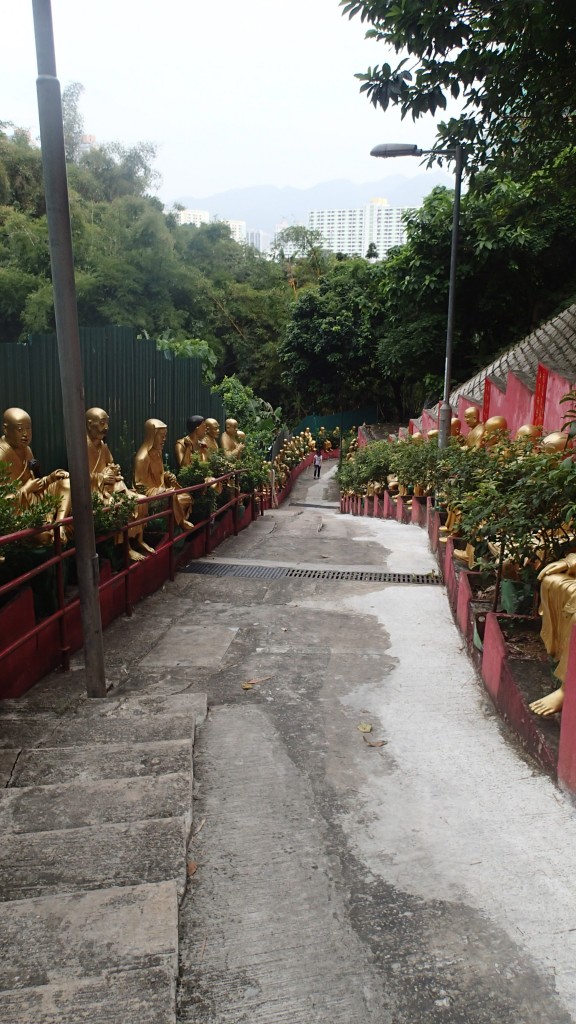
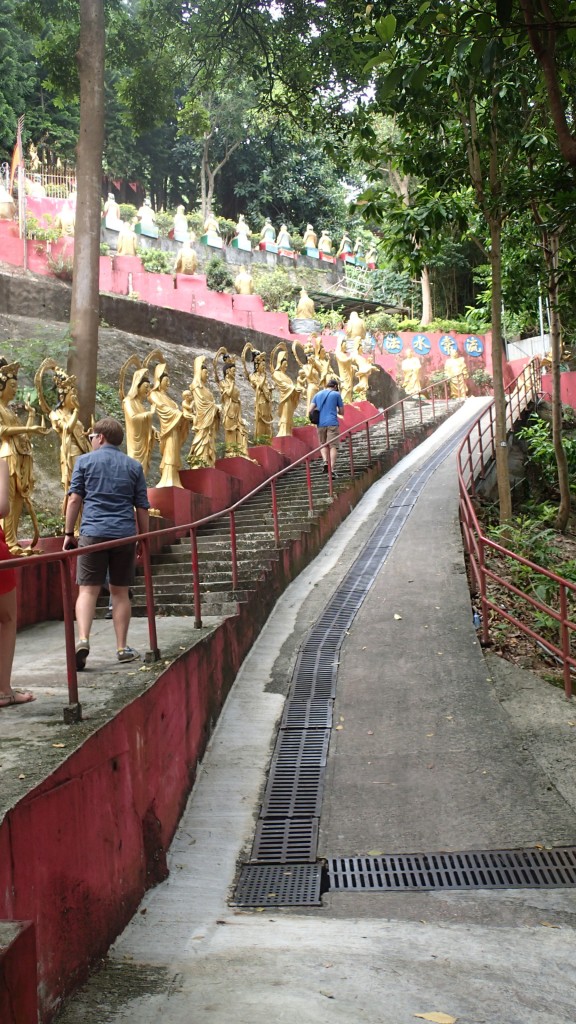
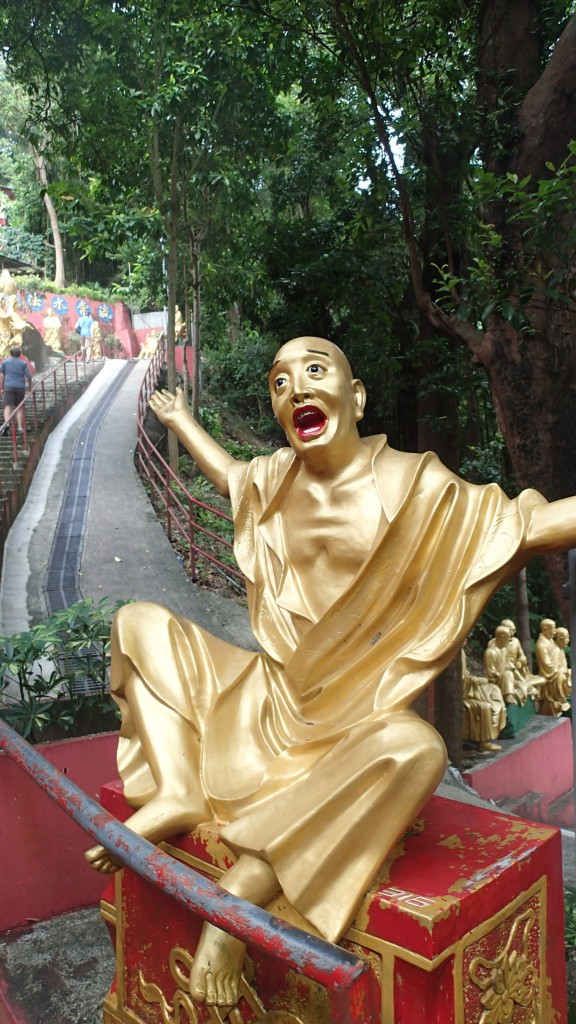
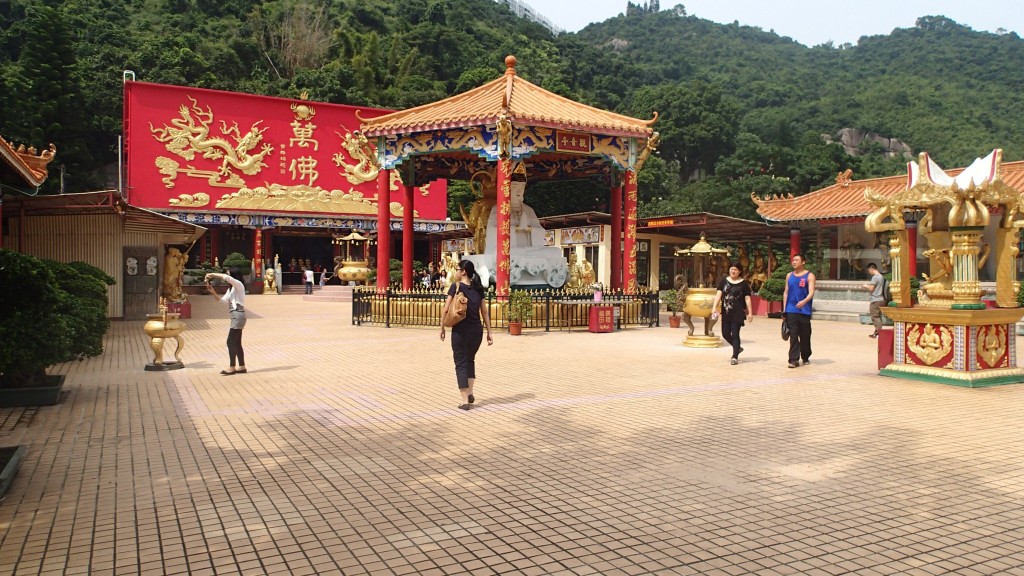
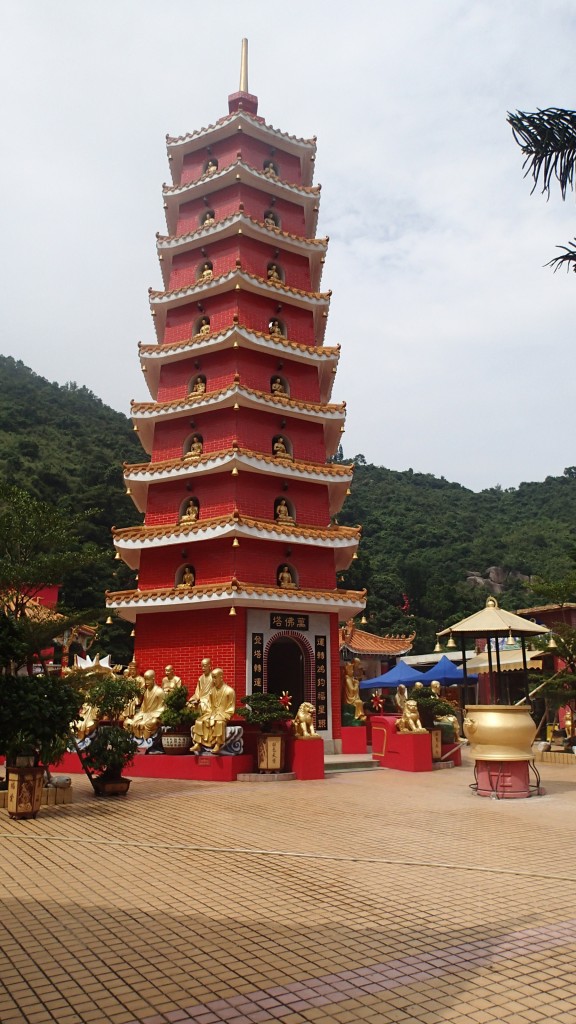
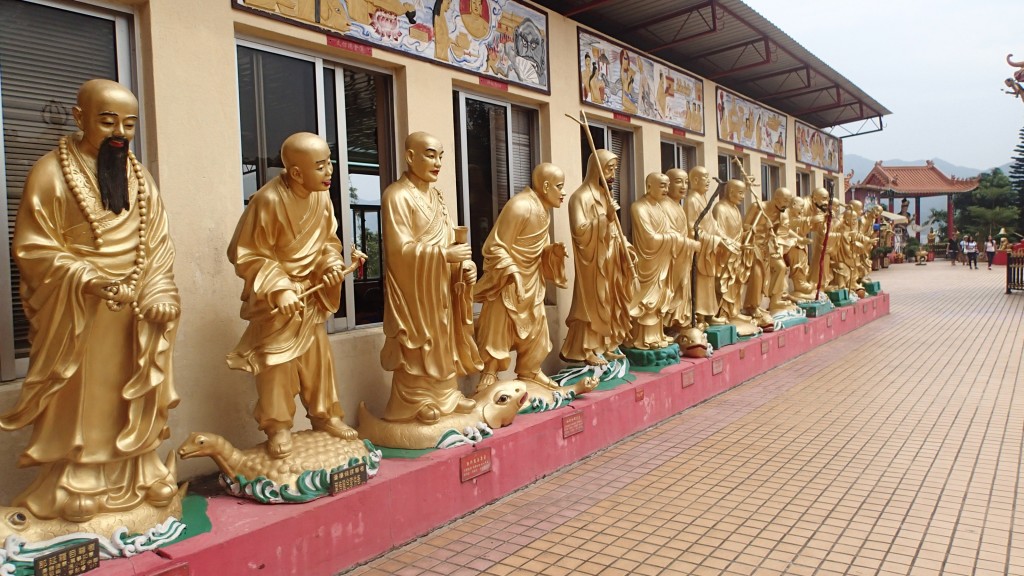
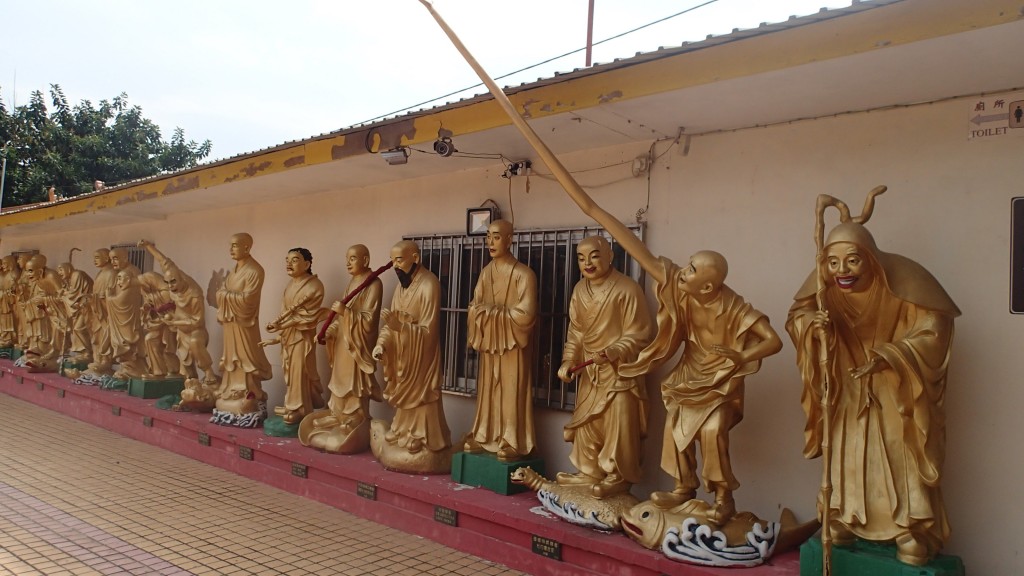
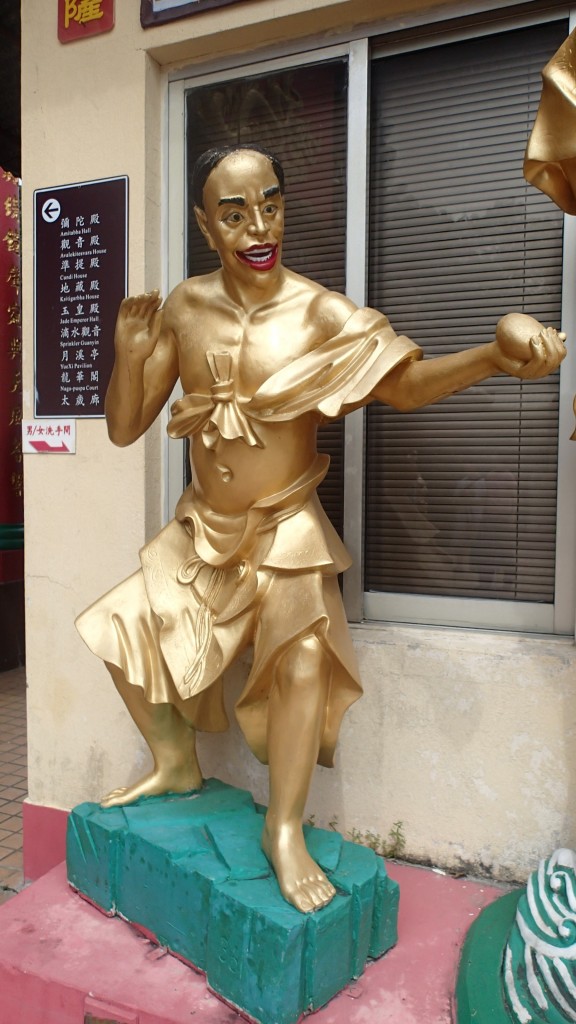
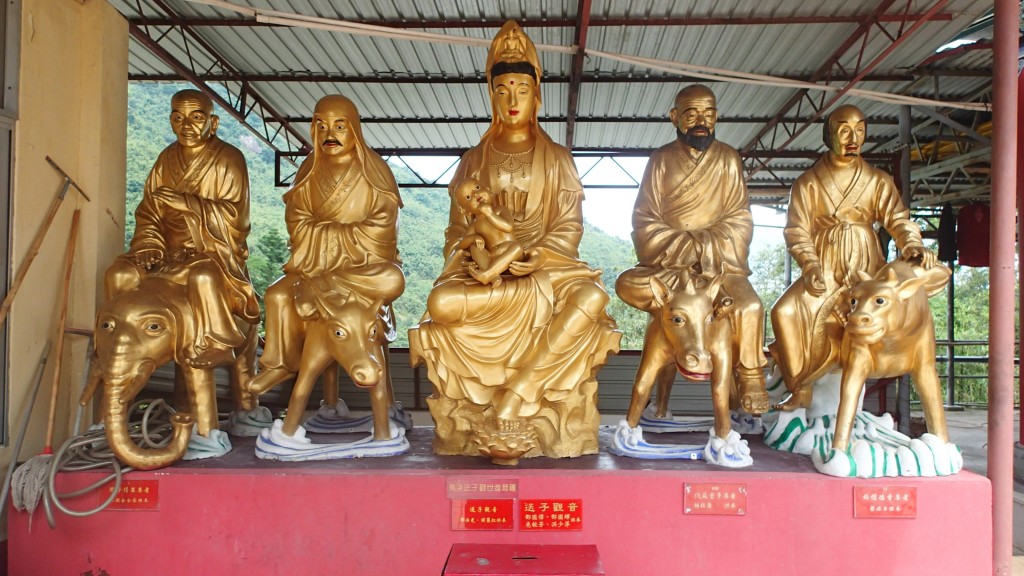


Recent Comments